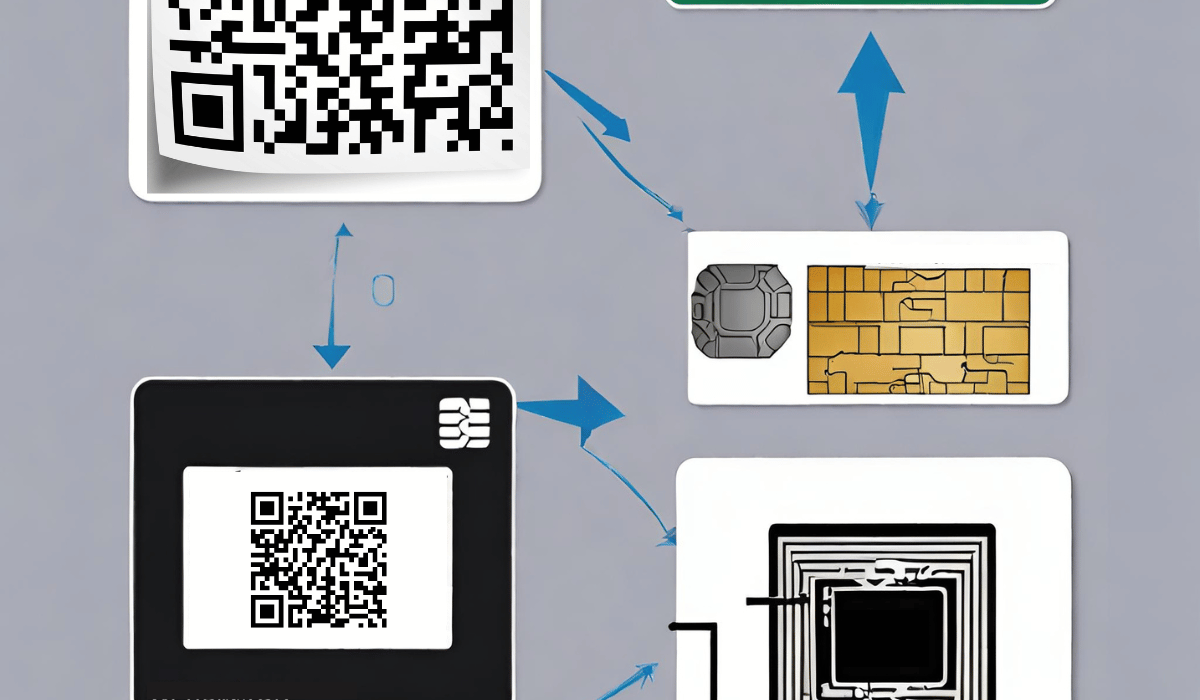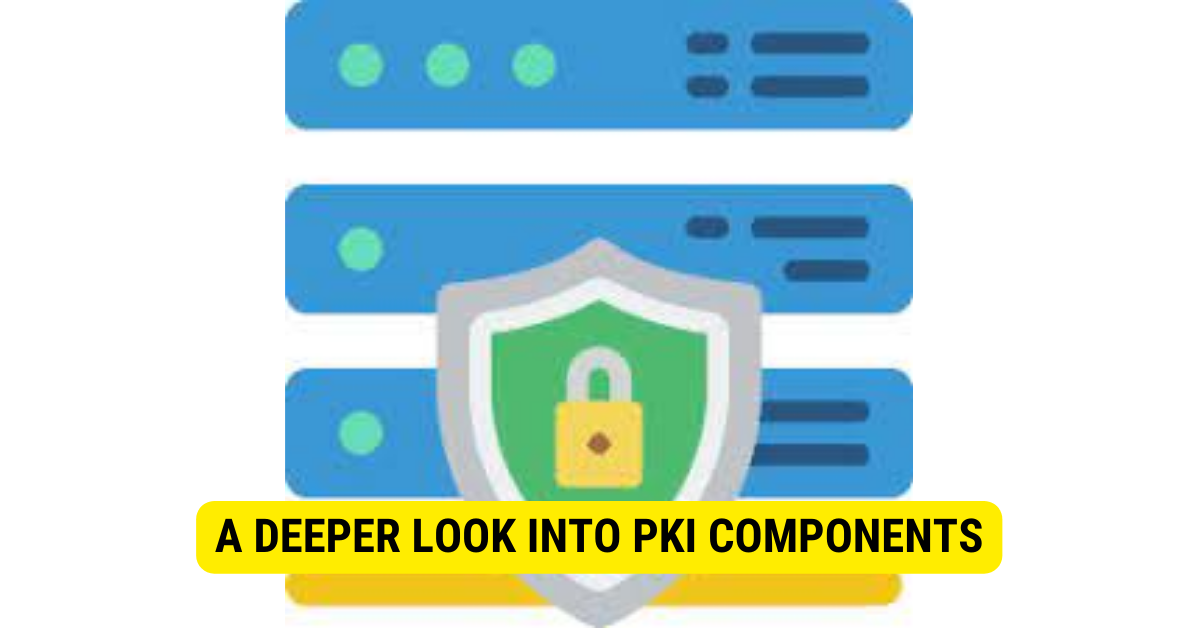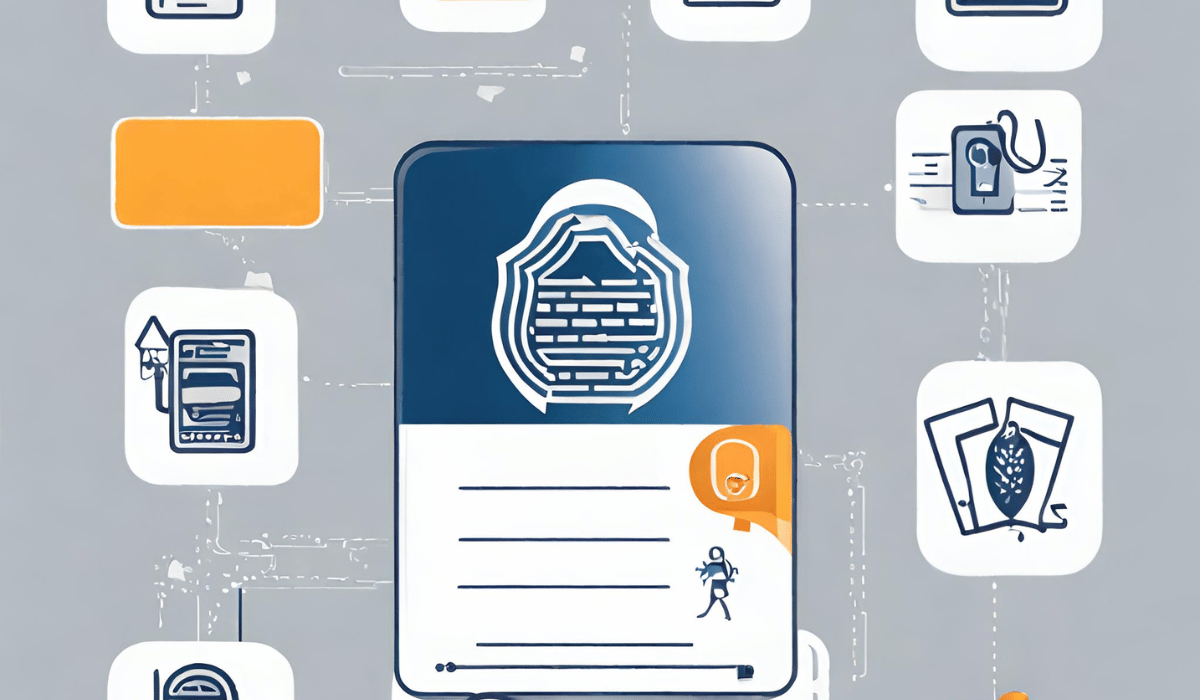Public Key Infrastructure (PKI) and Smart Cards are cornerstones of digital security. We will look into how PKI works with smart cards and their role in ensuring secure data transmission.
Understanding Public Key Infrastructure (PKI)
PKI is a cryptographic system designed to authenticate and manage digital certificates for secure online data exchange. It leverages two keys: a private key and a public key. The private key remains confidential to the user, while the public key is available to everyone. These two keys are mathematically linked, such that data encrypted with one key can only be decrypted with the other.
The functionality of Smart Cards in the Realm of PKI

Smart cards are a physical embodiment of the PKI, providing a portable means to store and use digital certificates and their corresponding private keys. They contain embedded microprocessors that hold this information securely, protecting it from unauthorized access and potential cyber threats.
The Symbiosis of PKI and Smart Cards
Integrating PKI with smart cards results in a robust, secure framework for digital identification. The smart card is a secure token, storing the user’s private key and digital certificate securely. During a transaction, the user inserts the smart card into a reader, enters a PIN to unlock the card, and the private key stored on the card is used to sign digital transactions.
Working of PKI Secure Data Transmission with Smart Cards
The process begins with a Certificate Authority (CA), the trusted third party in PKI. The CA verifies the identity of an individual or entity and issues a digital certificate. This certificate, containing the public key and other identifying information, is then stored on a smart card.
When a secure transaction is needed, the individual uses the smart card. Their identity is confirmed through a PIN, and the smart card employs the stored private key to create a digital signature. This signature is unique to the user and the transaction, demonstrating authenticity and integrity.
The receiver uses the public key (available in the digital certificate shared through the transaction or obtained from a public directory) to verify the signature, ensuring the message came from the stated sender and hasn’t been tampered with.
A Deeper Look into PKI Components

To better understand how PKI works with smart cards, it is important to delve deeper into the various components of a PKI.
- Certificate Authority (CA): This entity issues and manages digital certificates. It verifies the identity of the certificate requestor, issues the certificate, and ensures its validity until the certificate expires or is revoked.
- Registration Authority (RA): An RA is responsible for verifying the identity of entities before they are issued a digital certificate by the CA.
- Digital Certificate: This electronic document uses a digital signature to bind together a public key with an identity. The certificate provides information about the entity’s identity, the CA that issued the certificate, the valid period of the certificate, and the associated public key.
- Certificate Revocation List (CRL): The CRL is a list of digital certificates the CA revoked before their scheduled expiration date.
- Private and Public Keys: These mathematical algorithms are used in encryption and decryption. The private key is kept secret, while the public key is freely distributed.
Smart Card Technologies and PKI
When discussing smart cards, it’s crucial to understand that they can employ various technologies, such as contact, contactless, and dual-interface. The type of smart card technology used can influence how PKI is implemented and used. For instance, contactless smart cards may be used for quick, secure identity verification in physical access control systems. At the same time, contact smart cards might be used for complex operations like digital signing or data encryption in a computer system.
PKI and Smart Cards: Applications in Real Life
The combination of PKI and smart cards is used extensively across various sectors.
- Government sectors are used for secure access to physical and digital resources. In many countries, national ID cards are smart cards embedded with the holder’s data, biometric details, and digital certificates for authentication.
- In the healthcare industry, they are used to securely store and access patient data, protecting sensitive information and ensuring it is accessed only by authorized individuals.
- In the banking and finance sector, smart cards, often in the form of chip-enabled credit or debit cards, use PKI for secure financial transactions.
- In the telecommunications sector, SIM cards are smart cards that use PKI to authenticate and secure communications between the mobile device and the cellular network.
These real-world applications demonstrate the breadth and depth of use cases where PKI and smart cards intertwine to form secure, reliable systems.
Benefits of Using PKI with Smart Cards

There are numerous advantages to using smart cards in conjunction with PKI, including:
- Enhanced Security: Smart cards are a tangible security measure, significantly reducing the risk of unauthorized access to private keys.
- Portability: The ability to store digital certificates and corresponding private keys in a compact, portable device is convenient and user-friendly.
- Versatility: Beyond authentication, smart cards can also support encryption, digital signatures, biometric data, and other security features.
- Compliance: Smart cards and PKI together help meet rigorous compliance standards, especially in sectors like finance, healthcare, and government services.
Challenges and Solutions in PKI-Smart Card Implementation
While beneficial, implementing a PKI-smart card system can have challenges. For instance, handling the life cycle of smart cards or managing a complex PKI ecosystem can be daunting. However, robust identity and access management solutions, effective PKI management tools, and an expert understanding of the PKI architecture can significantly ease these challenges.
The Future of PKI and Smart Cards
As cyber threats continue to grow, the synergy between PKI and smart cards will play an increasingly pivotal role in digital security. Emerging trends such as quantum computing will push the boundaries of PKI, necessitating the development of quantum-resistant algorithms. Likewise, advancements in smart card technology will offer enhanced security features, driving their increased adoption across various sectors.
In conclusion, understanding how PKI works with smart cards and their role in PKI secure data transmission is essential for navigating the digital world securely. Their symbiotic relationship enhances digital security, creates trust in digital transactions, and ensures the integrity and authenticity of exchanged data.
Key Takeaways
- PKI and Smart Cards: PKI and smart cards provide a powerful mechanism for secure digital identification and data transmission. The smart card, a physical token, securely stores a user’s private key and digital certificate.
- PKI Secure Data Transmission Process: The process involves identity verification by a Certificate Authority (CA), issuing a digital certificate stored on a smart card, and using this smart card for secure transactions.
- Benefits: Benefits include enhanced security, portability, versatility, and compliance with rigorous standards.
- Challenges and Solutions: Challenges like managing smart card lifecycles or complex PKI ecosystems can be mitigated with robust identity and access management solutions and effective PKI management tools.
- Applications: PKI and smart cards find extensive applications across sectors like government, healthcare, finance, and telecommunications.
- Symbiotic Relationship: Integrating PKI with smart cards results in a powerful framework for digital identification and secure data exchange.
- Digital Certificates: Digital certificates bind a public key with an entity’s identity. These certificates, issued by the CA after verifying the entity’s identity, are stored on smart cards.
- Smart Card Technologies: The type of smart card technology used, such as contact, contactless, or dual-interface, can influence the implementation and use of PKI.
- Real-world Applications: PKI and smart cards find extensive applications across various sectors like government, healthcare, finance, and telecommunications.
- Emerging Trends: Future trends like quantum computing will push the boundaries of PKI, necessitating the development of quantum-resistant algorithms. Similarly, advancements in smart card technology will provide enhanced security features.
Frequently Asked Questions (FAQs)
What are the components of a PKI?
PKI consists of several components, including the Certificate Authority (CA), Registration Authority (RA), Digital Certificate, Certificate Revocation List (CRL), and private and public keys.
How does the type of smart card technology impact the use of PKI?
The type of smart card technology can influence the implementation and usage of PKI. For instance, contactless smart cards may be used for quick identity verification in physical access control systems. At the same time, contact smart cards might be used for complex operations like digital signing or data encryption in a computer system.
What challenges might organizations face when implementing a PKI-smart card system?
Implementing a PKI-smart card system can come with challenges, such as managing the lifecycle of smart cards and handling a complex PKI ecosystem. These can be mitigated with robust identity and access management solutions and effective PKI management tools.
What impact do emerging trends like quantum computing have on using PKI and smart cards?
Quantum computing could potentially crack current cryptographic systems, including PKI. This necessitates the development of quantum-resistant algorithms. Similarly, advancements in smart card technology are anticipated to offer improved security features.
Conclusion
In conclusion, integrating PKI and smart cards is instrumental in fostering digital security and trust. The versatility of this alliance is demonstrated in its wide-ranging applications across various sectors. With emerging technological trends, their role in secure data transmission will undoubtedly expand and evolve. Therefore, a deep understanding of how PKI works with smart cards is pivotal in our increasingly digital world.
